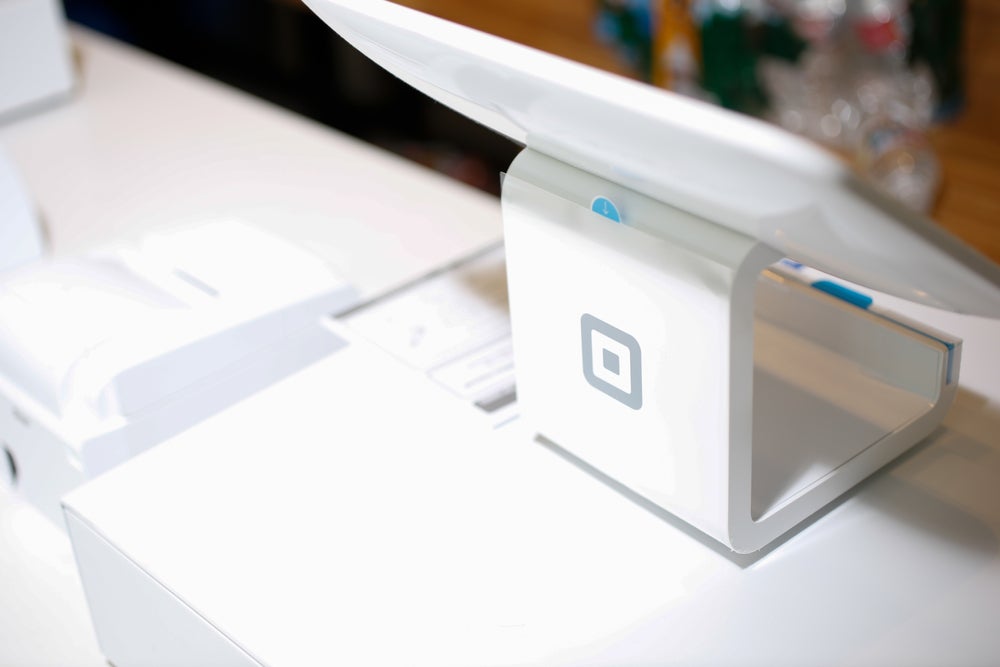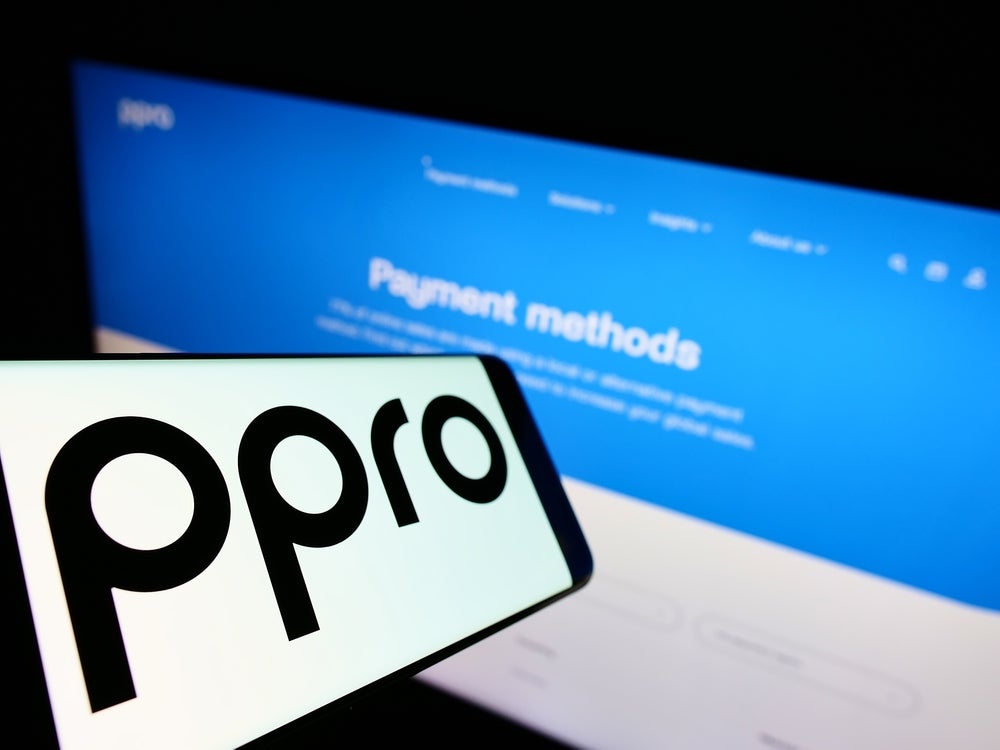The mobile payments space is
heating up in Asia-Pacific on the back of technology innovations
and rising consumer demand. Shubhreet K speaks to business research
and consultancy company Frost & Sullivan about the future of
m-payments in Asia.
According to the 2010
Asia-Pacific Mobile Payments Outlook report by business
research and consulting company Frost & Sullivan, m-payments in
Asia are expected to exceed $3.6bn at a CAGR of 14.8% from 2010 to
2015.
Shaker Ibne Amin, an analyst at
Frost & Sullivan Asia-Pacific’s ICT practice, explains: “We
estimated the market to have registered revenues of $1.58bn in
2009. The market is expected to reach $1.99bn by end of 2010 and
exceed $3.63bn by 2015.”
Amin attributes this growth to
technology innovations and operators’ initiatives, particularly
with near-field communication (NFC), as well as rising consumer
demand in both the developed and emerging markets.
“The outlook for m-payments in
Asia-Pacific looks very positive, being driven by rising consumer
demand in both developing and developed markets,” he says.
How well do you really know your competitors?
Access the most comprehensive Company Profiles on the market, powered by GlobalData. Save hours of research. Gain competitive edge.

Thank you!
Your download email will arrive shortly
Not ready to buy yet? Download a free sample
We are confident about the unique quality of our Company Profiles. However, we want you to make the most beneficial decision for your business, so we offer a free sample that you can download by submitting the below form
By GlobalData“As the technology for mobile
remote payment has matured, the market now is not just limited to
content download, prepaid top-up and electronic bill payment
services.
In some of the advanced markets
such as Japan, mobile users are now using their devices as
substitutes for cash and credit cards for purchases made at vending
machines and merchants’ points of sale.”.
The report, which covers 18
Asia-Pacific nations, explains that contactless payments via the
NFC channel are expected to account for 23% of all m-payments in
2015, from only 12% last year.
The SMS method, which accounted for
almost 82% of transactions in 2009, is likely to remain the
dominant mobile payment channel until 2015, even though it is
expected to drop to 67% by then.
Other payment channels such as
wireless application protocol (WAP) and direct mobile billing (DMB)
contributed small fractions to m-payments in 2009, with adoption
levels not expected to rise through to 2015.
Rural market take-up
soars
Japan and South Korea lead the
region in the adoption of m-payments since they have the most
advanced mobile cultures.
The relatively less developed
mobile markets such as China, India, Indonesia and the Philippines
– where access to traditional banking services is highly skewed
against the rural population – are showing rapid take-up of mobile
banking services including person-to-person (P2P) transfers,
remittance.
Good potential
Amin explains: “In emerging market
such as Bangladesh, Pakistan and Sri Lanka, although limited to
mostly SMS-based bill payment and micro credit transfers,
m-payments services are increasingly popular.
“These markets also have a good
potential for mobile remittance services due to the large
populations of workers residing in other countries such as
Malaysia.”
International remittance sent out
from the large migrant worker population in Malaysia is a lucrative
business. It is significant for Malaysian operators, as this
segment of the population also has high mobile penetration; over
90% of all migrant groups have mobile devices.
 In sharp contrast,
In sharp contrast,
despite having one of the highest mobile penetrations in the
region, Hong Kong, Singapore and Taiwan have shown little adoption
of m-payments until now.
Mobile payments in these markets
are primarily driven by the use of smart cards as opposed to
m-payments.
However, Amin believes that
availability of short-range, high-frequency wireless communication
technologies such as NFC is expected to quickly change this
scenario as dominant payment service providers have already begun
providing contactless payment services via mobile phones.
The mobile payment value chain is
quite often embattled with issues of which party plays the bigger
role and thus takes a bigger revenue share. There are also
infrastructure interoperability issues between the platforms used
by the banks, application service providers and mobile
operators.
According to Amin: “The
interoperability issue is one of the key restraints impeding the
overall growth of this market.
“In many markets, m-payment
solutions lack the needed technology standards and as a result,
many fragmented versions of m-payment solutions are offered by
various service providers.
“In most cases, these different
models, some of which are network operator centric models while
some are bank centric, are not interoperable.”
Government support
instrumental
Nevertheless, the benefits are
enormous. For mobile operators, it enables new revenue streams
through a means to add value to their commercial offerings with new
services; for banks, it helps in reducing cash handling and costs;
and for merchants, it helps generate more transactions and speed up
transaction time.
Dominant payment service providers
have already begun providing contactless payment services via
mobile phones, while banks are also showing keen interest to jump
on the NFC bandwagon, with trials under way.
Amin expects NFC to find wide
popularity pretty quickly in developed markets where mobile
penetration rates and the use of smart cards for contactless
payments are already high, and setting up the supporting
infrastructure is relatively easier than in developing
countries.
He added that strong government
support is also going to be instrumental in driving uptake of
NFC.
With increasing participation from all stakeholders and a
favourable regulatory environment, it won’t be long before the
concept of a ‘cashless society’ becomes a reality.







